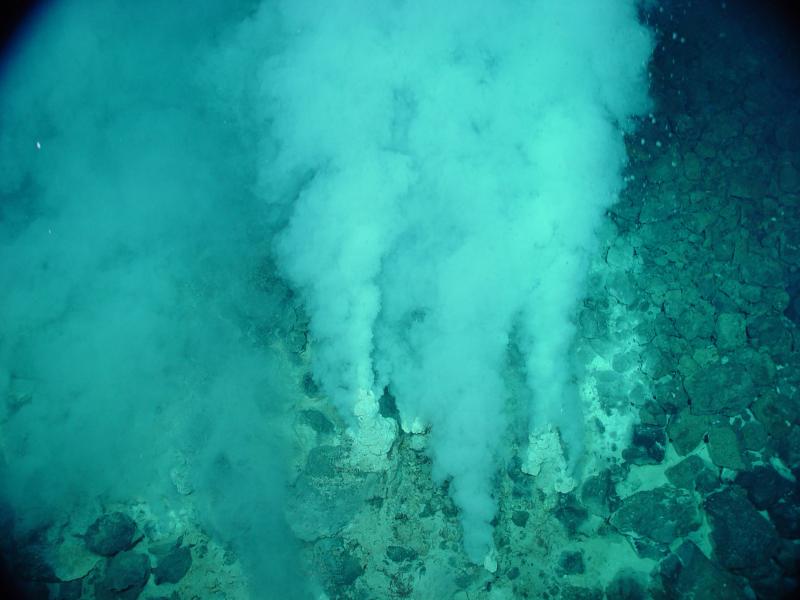- Series:Astronomy, Transcript English
Psalms 147:4
“He telleth the number of the stars; he calleth them all by their names.”
I recently talked about ideas concerning a possible planet-covering ocean on Enceladus – one of the moons of Saturn. There are other moons of Saturn and Jupiter thought to be covered by similar ice-crusted oceans. The reason why such  findings excite evolutionists, is that they think these oceans might contain hydro-thermal vents, like those found on Earth.
findings excite evolutionists, is that they think these oceans might contain hydro-thermal vents, like those found on Earth.
At the bottom of the Atlantic Ocean, and other places, such hydro-thermal vents spew extremely hot material into the cold ocean. This material contains organic sulfur compounds, and there are bacteria which can feed off these minerals, at the right temperature.
The correct chemicals, and the correct medium – that is water – are assumed to combine, to enable evolution to take place. However, it is not inevitable that the existence of such vents, if found on these Jovian and Saturnian worlds, means that bacteria will be present. And, even if they are, this does not provide evidence that such bacteria have evolved. It is a mark of the strong bias that evolutionists have, that they assume a false logical syllogism. Their assumption is that:
1. Organism A requires chemicals B to survive.
2. Chemicals B exist Enceladus.
3. Therefore organisms A must have evolved on the planet in question.
The syllogism appears logically sound, until we realize that it is actually an error known as Affirmation of the Consequent. The existence of chemicals B on Enceladus does not imply the existence of the organisms. God has reminded us that His purposes for us are focused on the Earth, which He caused to be inhabited.
Prayer:
Thank You for the wonder and the beauty of Your creation that we see in this Solar System. We thank You for the intelligence and skill of those who design long-term space explorations. We pray that we, too, at all times will use the talents that You have given us, for Your Glory. Amen.
Notes:
Ref: Enceladus, Encyclopædia Britannica,
Image: National Oceanic and Atmospheric Administration, Public Domain
